Apollo’s monthly survey of the most exciting works to enter public collections shines a light on the gaps museums have been able to plug and the new stories they are looking to tell
National Gallery of Art, Washington, D.C.
Reunión en la OEA, (1965) Mariano Rodríguez
A major player in Cuba’s modern art scene during the mid 20th century, Mariano Rodríguez was renowned for his abstract artistic responses to the fraught international climate of the 1960s. The National Gallery of Art in Washington, D.C. has announced the acquisition of one of Rodríguez’s later works titled Reunión en la OEA (1965). Depicting a series of contorted figures, the painting was created in response to the suspension of Cuba by the Organization of American States (OAS) in the wake of the Cuban Missile Crisis.
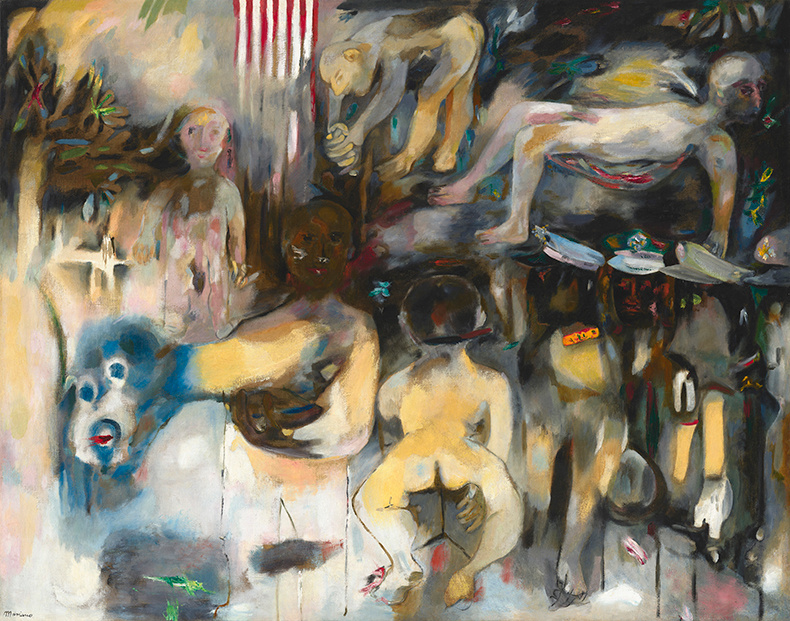
Reunión en la OEA (1965), Mariano Rodríguez. National Gallery of Art, Washington, D.C.
Museum Ludwig, Cologne
Flogging the Dead Donkey (2020), Frank Bowling
The Guyanese-British artist is this year’s recipient of the prestigious Wolfgang Hahn Prize. Organised by the Gesellschaft für Moderne Kunst, the prize has enabled the acquisition of Bowling’s vivid abstract painting Flogging a Dead Donkey (2020) by Museum Ludwig. The painting is the first work to be held in a German public collection.
J. Paul Getty Museum, Los Angeles
A collection of photographs by Eugéne Atget; sculptures by Charles Cordier; bronze reliefs by Bartolomeo Ammannati
The J. Paul Getty Museum has announced three major additions to its permanent collections including a collection of 209 photographs by the 19th-century French documentary photographer Eugéne Atget. Alongside examples of Atget’s pioneering street photography, the acquired works include early prints and portraits of the Parisian literati including André Derain and Ilse Bing.
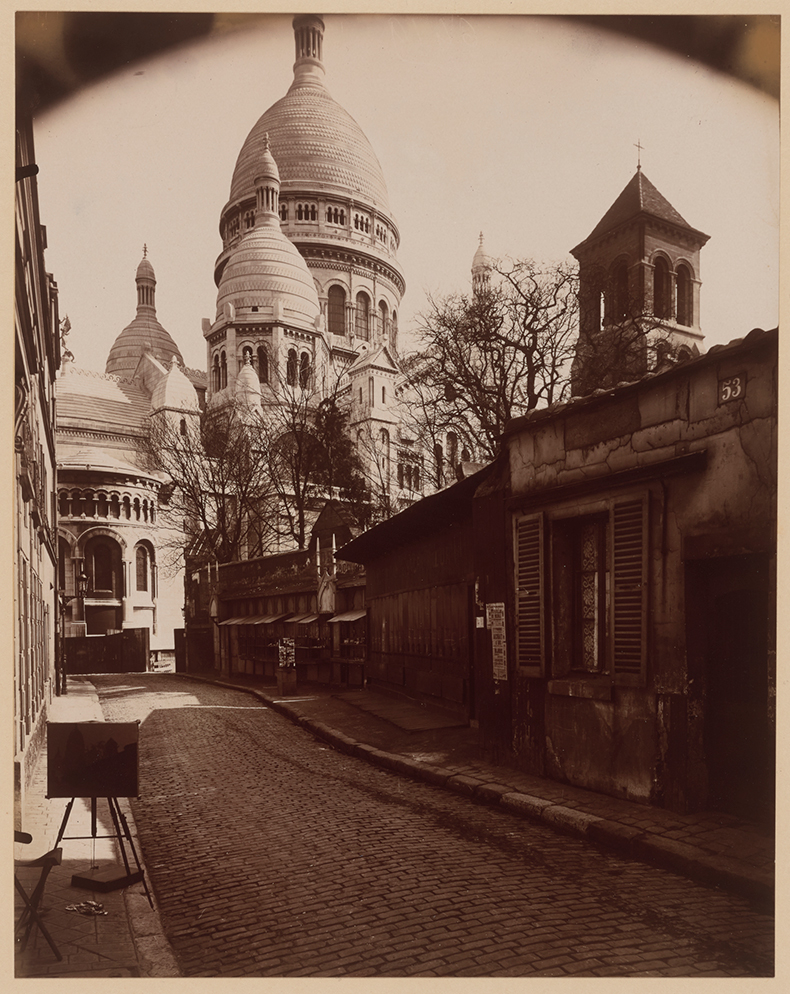
Montmarte – Rue du Chevalier de la Barre (1923), Eugéne Atget. Getty Center, Los Angeles
Two busts by the 19th-century French sculptor Charles Cordier and two large-scale bronze reliefs by the Italian Renaissance sculptor and architect Bartolomeo Ammannati have also entered the museum’s collections. Sudanese Man (1856) and Woman from the French Colonies (1861) are considered among Cordier’s best works; crafted from marble onyx, silver, enamel and silvered bronze, the busts demonstrate the artist’s innovative use of materials.
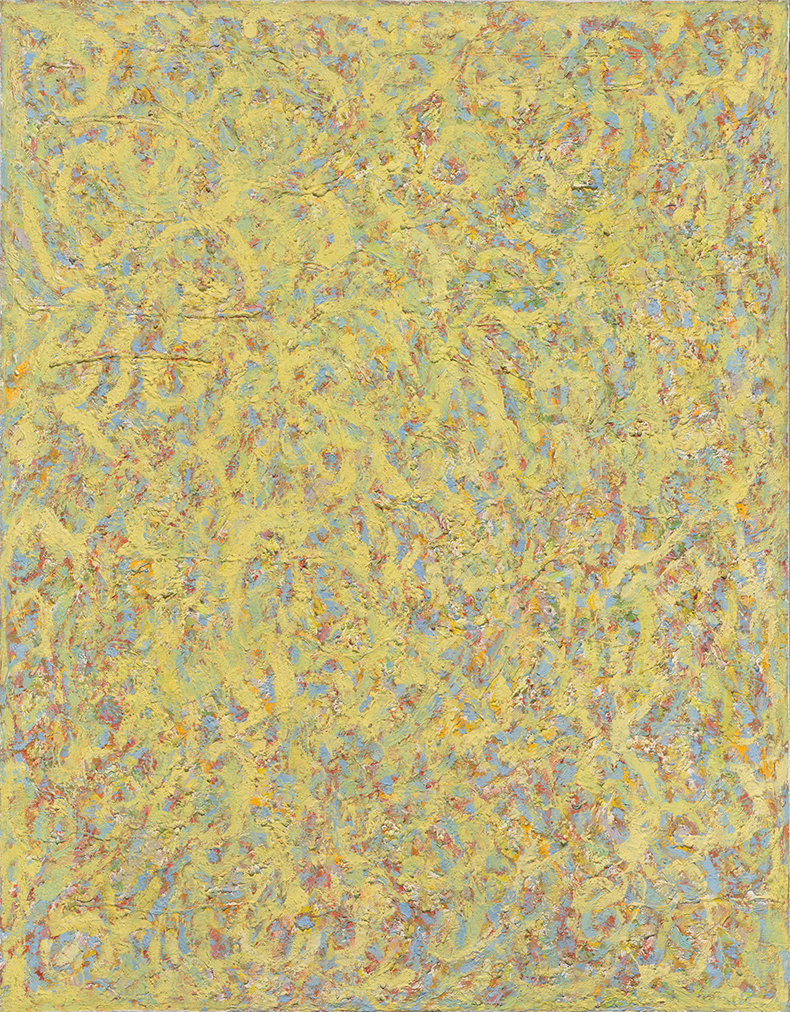
Untitled (c. 1958), Beauford Delaney. Cleveland Museum of Art, Mr. and Mrs. William H. Marlatt Fund. © Estate of Beauford Delaney by permission of Derek L. Spratley, Esquire, Court Appointed Administrator
Cleveland Museum, Ohio
Untitled (1958), Beauford Delaney; 15th-century triptych by Master of the Krainburg Altar
A large-scale abstract painting by the Harlem Renaissance painter Beauford Delaney joins the Cleveland Museum’s expanding collection of works by African American artists. Delaney painted portraits of prominent Black cultural figures including W. E. B. Dubois, Marian Anderson and James Baldwin before turning to abstraction in the 1950s. The acquired painting – Untitled (1958) – stands at nearly five feet tall and almost four feet wide.
The museum has also acquired a late 15th-century triptych by the Austrian artist Master of the Krainburg Altar. Modelled after a woodcut by the Dutch printmaker Erhard Reuwich, the cityscape featured in the background of the triptych’s central panel is thought to be a topographically accurate representation of Jerusalem.
Victoria and Albert Museum, London
The Death of Cleopatra (1859), Henri de Triqueti
A temporary export ban was placed on Henri de Triqueti’s ivory and bronze sculpture in 2020 in response to advice from the Reviewing Committee on the Export of Works of Art and Objects of Cultural Interest, which advises ministers on whether cultural artefacts should be considered national treasures. Triqueti’s work was admired by Queen Victoria and Prince Albert alongside many significant collectors in mid to late 19th-century Britain but very little of his work is known publicly today. Thanks to support from The Art Fund, the sculpture has now joined the permanent collections at the Victoria and Albert Museum.
Unlimited access from just $16 every 3 months
Subscribe to get unlimited and exclusive access to the top art stories, interviews and exhibition reviews.

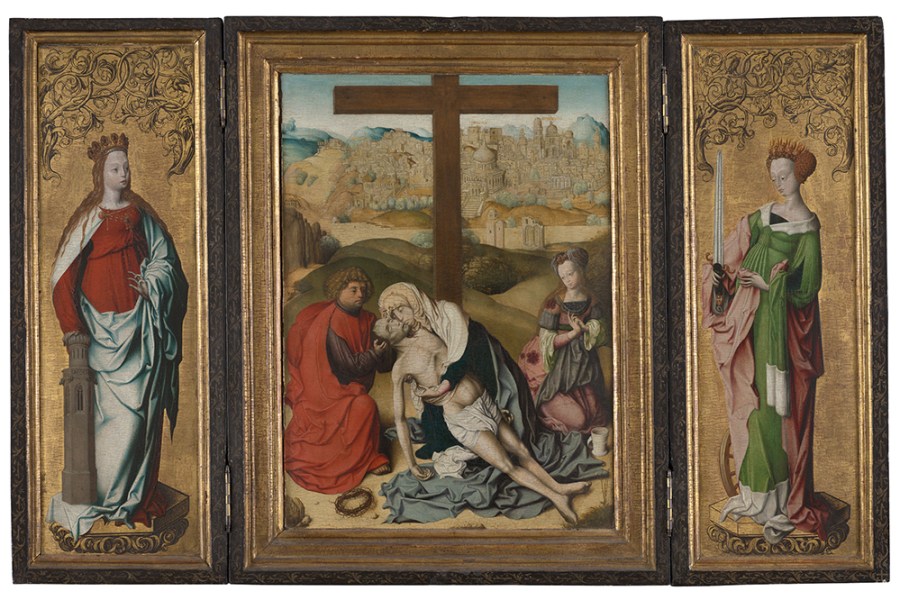
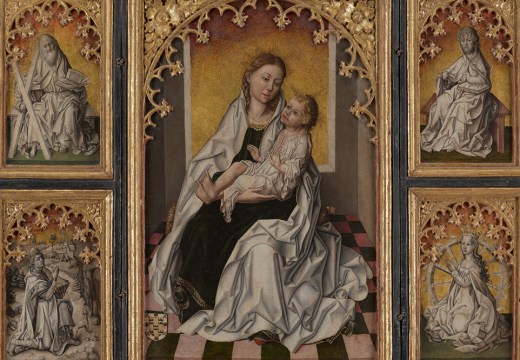
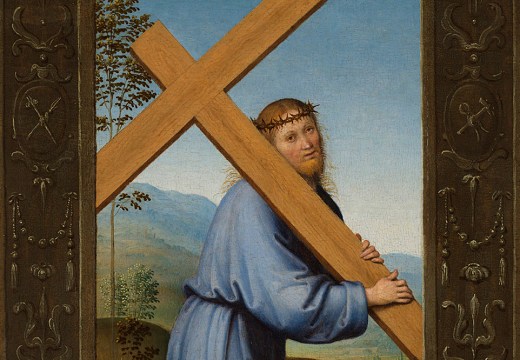
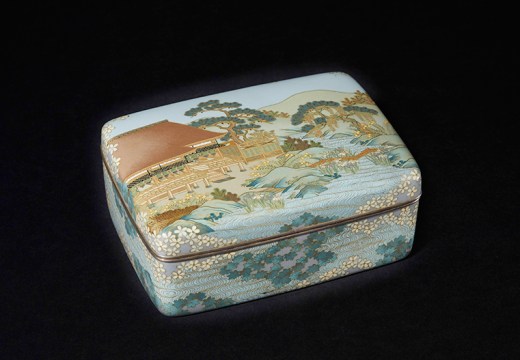









![Masterpiece [Re]discovery 2022. Photo: Ben Fisher Photography, courtesy of Masterpiece London](http://www.apollo-magazine.com/wp-content/uploads/2022/07/MPL2022_4263.jpg)
It’s time for the government of London to return to its rightful home